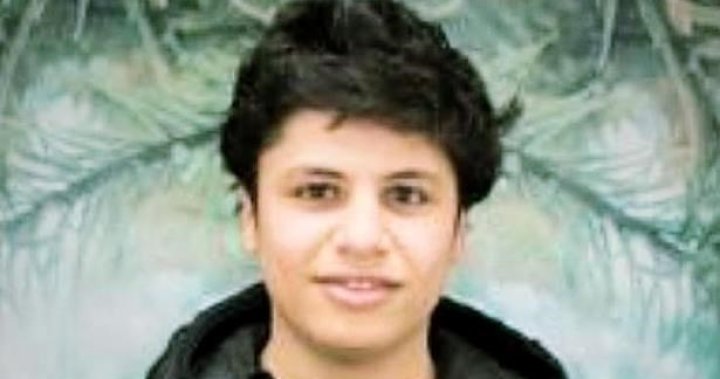Paragraph 1: The Trial Begins
A 17-year-old youth stood trial in Halifax, Nova Scotia, charged with second-degree murder in the stabbing death of 16-year-old Ahmad Maher Al Marrach. The incident occurred on April 22 of the previous year in a parking garage near the Halifax Shopping Centre. The accused pleaded not guilty to the charge. Due to the provisions of the Youth Criminal Justice Act, the identity of the accused is protected, preventing the publication of any details that could lead to their identification. This act is designed to protect young offenders, offering them a chance at rehabilitation and reintegration into society while respecting their privacy and potential for future growth.
Paragraph 2: The Crown’s Case
Crown attorney Sarah Kirby, in her opening statement, acknowledged that while another youth inflicted the fatal stab wound, the accused participated in a group attack on Al Marrach. The Crown’s case hinges on the argument that the accused was complicit in the planning and execution of the assault, fully aware that it could result in Al Marrach’s death. This legal strategy focuses on establishing the accused’s shared intent and culpability in the events leading up to the tragic outcome, even if they didn’t personally deliver the fatal blow. The burden of proof rests on the Crown to demonstrate this complicity beyond a reasonable doubt.
Paragraph 3: The Defence’s Argument
Defence lawyer Anna Mancini countered the Crown’s narrative by stating that while the basic facts of the case are largely undisputed, the evidence will demonstrate that her client was "not a party to the offence of murder." Mancini outlined several potential avenues the Crown might pursue to prove its case, preemptively arguing that none would successfully establish the accused’s intent to cause death or bodily harm likely to result in death. The defence strategy revolves around disproving the element of intent, arguing that the accused’s participation in the assault did not equate to an intention to kill or inflict life-threatening injuries.
Paragraph 4: The Legal Framework
The case highlights the complexities of legal responsibility in scenarios involving multiple actors and varying degrees of participation in a criminal act. Canadian law, particularly in cases involving youth, grapples with the balance between accountability and the potential for rehabilitation. The Youth Criminal Justice Act underscores the importance of considering the age and developmental stage of young offenders, emphasizing the need for measures that promote their reintegration into society. The trial will delve into the nuances of these legal principles as it attempts to determine the extent of the accused’s culpability.
Paragraph 5: The Significance of Intent
The concept of "intent" plays a crucial role in determining the severity of a criminal charge. In this case, the prosecution must convince the judge that the accused possessed the necessary mens rea, or guilty mind, to be convicted of second-degree murder. This entails demonstrating not only that the accused participated in the assault but also that they foresaw the possibility of death resulting from their actions. The defence will likely challenge this assertion, arguing that the accused’s involvement did not rise to the level of intent required for a murder conviction. The judge’s interpretation of the evidence and application of the legal principles related to intent will be pivotal in determining the final verdict.
Paragraph 6: The Search for Justice
The trial represents a search for justice for Ahmad Maher Al Marrach, whose life was tragically cut short. It also serves as a stark reminder of the devastating consequences of youth violence and the complex legal and social issues it raises. As the trial unfolds, the court will grapple with the difficult task of determining the truth amidst conflicting narratives, applying the law fairly, and ultimately holding accountable those responsible for this senseless loss. The outcome will have significant implications not only for the accused but also for Al Marrach’s family and the broader community, as they seek closure and healing in the wake of this tragedy.

